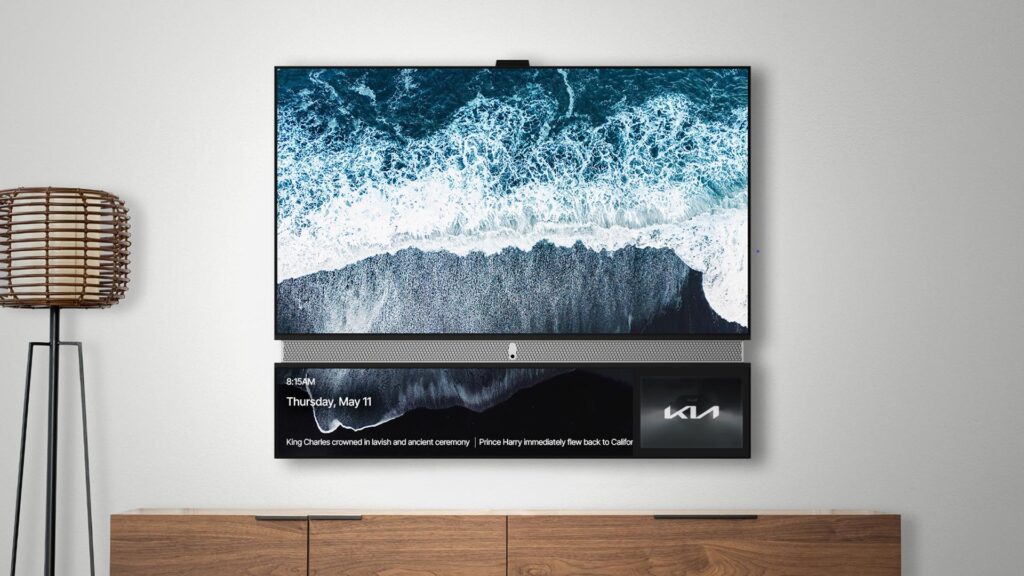|
Getting your Trinity Audio player ready...
|
Telly, the hardware startup making waves in the U.S. market, has started shipping its innovative dual-screen smart TVs to its first round of customers. Excitement is building around this unique concept, as customers get the chance to receive a 55-inch 4K TV for free – yes, you heard that right, absolutely free!
But, of course, there's a catch. The TVs are funded by the continuous display of advertisements on a smaller second screen located below the main display. In exchange for this great deal, customers are required to part with some personal information and viewing data.

The Deal Behind the Free TVs
To take advantage of this free TV offer, customers have to provide Telly with detailed information about themselves, including name, age, gender, home address, ethnicity, and even their viewing habits and purchasing behaviors. In return for sharing this data, users get access to premium content without paying a cent upfront.
However, it's essential to understand the terms of service attached to this deal. If a customer fails to adhere to these conditions, Telly has the right to demand the TV's return, and if ignored, they can charge up to $1,000 to the credit card associated with the customer's account.
A Resounding Response from Consumers
Telly's CEO, Ilya Pozin, revealed that an astounding 250,000 people signed up for the free TVs within the first two weeks of launching the signups. Interestingly, Gen Z and millennial consumers make up the majority of the eager signups, highlighting the potential appeal of this unconventional advertising model.
By the end of the year, Telly aims to ship a whopping 500,000 free TVs to its customers, ensuring widespread adoption of its disruptive ad-supported business model.

Teaming up with Nielsen and Industry Giants
In an exciting development, Telly has joined forces with Nielsen to collect and interpret groundbreaking viewership and ad effectiveness insights for advertisers and TV programmers. The partnership with Microsoft, Magnite, and MNTN powers the ads that appear on the second screen.
The Interactive Advertising Experience
The ads displayed on the second screen are interactive, providing users with the opportunity to engage with them using their remotes. While the constant ads might raise some eyebrows, the second screen also serves as the control center, allowing users to change channels, adjust brightness, volume, and more.
Although you can't turn off the second screen, you can control its brightness to avoid distractions in dark rooms.



